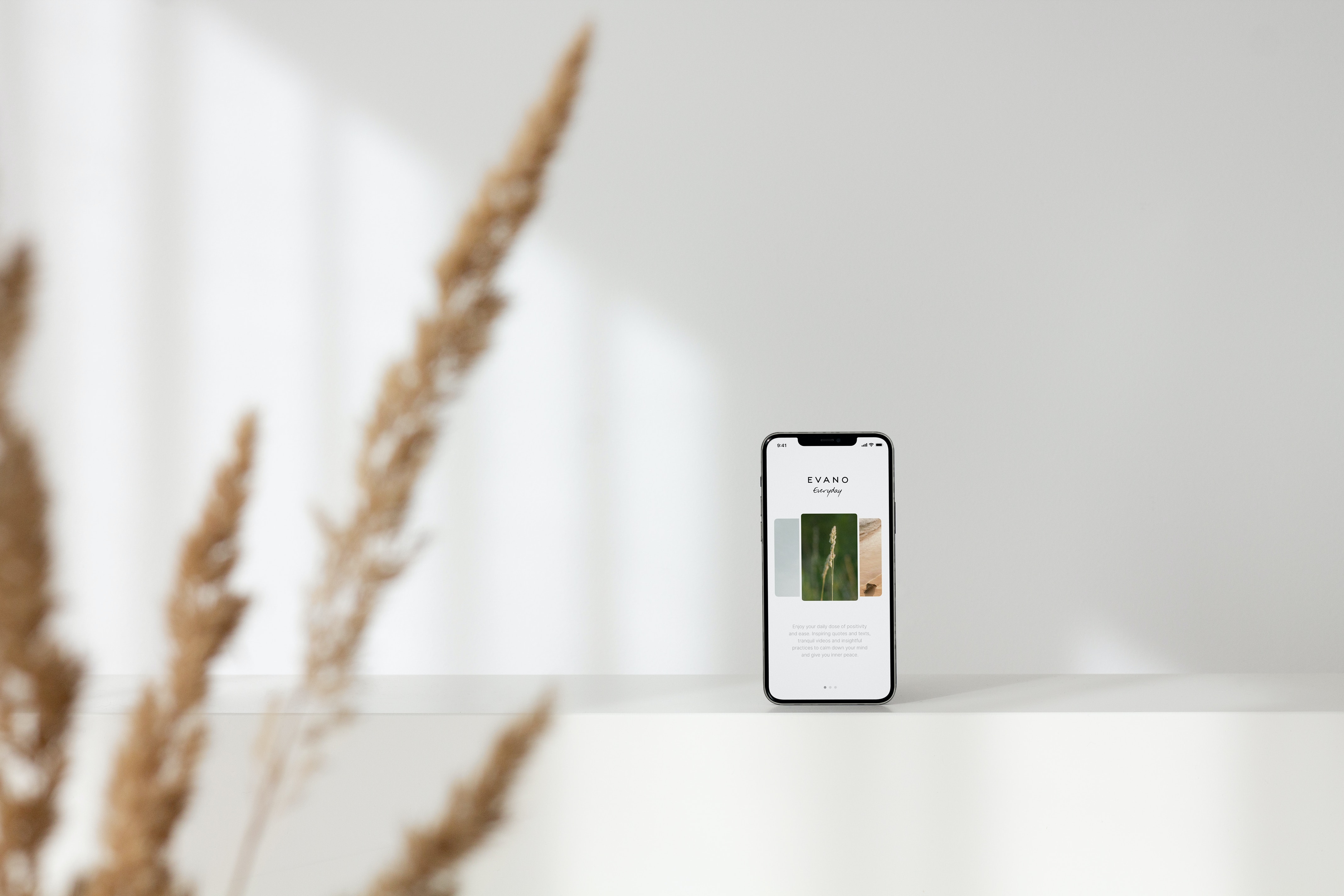The Unseen Design Potential of AI tools
Nov 23, 2023
The Unseen Design Potential of AI tools
Nov 23, 2023




Artificial Intelligence (AI) has been a game changer in many industries, including design. With its ability to automate repetitive tasks and generate creative solutions, AI has made it easier for designers to create more efficient and effective designs. However, there is a growing concern that AI is killing the creativity of designers, making them too reliant on algorithms and limiting their ability to think outside the box.
Benefits of Using AI Tools
AI has been widely adopted in the design industry, with many popular design tools incorporating AI algorithms into their design process. AI can automate repetitive tasks, such as color correction, typography, and layout, freeing up designers to focus on more creative tasks. AI algorithms can also generate design suggestions based on the input and preferences of designers, reducing the time and effort required to create a new design.
However, the use of AI in design has also raised concerns about the impact on the creativity of designers. Some argue that by relying too heavily on AI algorithms, designers may become too reliant on automated solutions, reducing the scope for creative problem-solving and unique design solutions.
The Threat to Creativity
The use of AI algorithms in design can stifle creativity by limiting the scope for unique solutions. When designers rely too heavily on AI algorithms, they may become too reliant on automated solutions, reducing their ability to think outside the box and come up with unique solutions. This can lead to a homogenization of designs, where all designs look similar and lack the individuality and creativity that is so important in design.
Moreover, AI algorithms can perpetuate the biases of the data they are trained on, leading to unequal outcomes for different groups of users. If designers rely too heavily on AI algorithms, they may not be aware of these biases, and their designs may reinforce them, perpetuating inequality in society.
The Importance of Human Touch
One of the key benefits of design is its ability to connect with people on an emotional level. Good design is not just about functionality and aesthetics, but also about connecting with people and creating an emotional connection. This is where the human touch is so important, as designers have the ability to bring a unique perspective and empathy to the design process that cannot be replicated by AI algorithms.
However, when designers become too reliant on AI algorithms, they may lose touch with the human aspect of design. They may become too focused on the technical aspects of design, such as the automation of repetitive tasks, and lose sight of the emotional connection that is so important in good design.
The Future of Design
The future of design is uncertain, and it is difficult to predict how AI will continue to impact the design industry. However, it is clear that designers must be mindful of the potential impact of AI on their creativity and must use AI algorithms responsibly. They must strike a balance between the efficiency and automation provided by AI and the human touch that is so important in good design.
To ensure that the creativity of designers is not stifled by AI, designers must be proactive in their approach to AI. They must critically evaluate the algorithms they use and ensure that they are not limiting their ability to think outside the box and come up with unique solutions. Designers must also be aware of the potential biases of AI algorithms and must use them responsibly, to ensure that their designs do not perpetuate inequality in society.
Conclusion
AI has the potential to greatly enhance the world of design, providing designers with new tools and capabilities to improve the efficiency and effectiveness of their designs. However, there is a growing concern that AI is killing the creativity of designers, making them too reliant on algorithms and limiting their ability to think outside the box.
What are your thoughts on this? Let me know in the comments.
Thankyou for reading 💙
Artificial Intelligence (AI) has been a game changer in many industries, including design. With its ability to automate repetitive tasks and generate creative solutions, AI has made it easier for designers to create more efficient and effective designs. However, there is a growing concern that AI is killing the creativity of designers, making them too reliant on algorithms and limiting their ability to think outside the box.
Benefits of Using AI Tools
AI has been widely adopted in the design industry, with many popular design tools incorporating AI algorithms into their design process. AI can automate repetitive tasks, such as color correction, typography, and layout, freeing up designers to focus on more creative tasks. AI algorithms can also generate design suggestions based on the input and preferences of designers, reducing the time and effort required to create a new design.
However, the use of AI in design has also raised concerns about the impact on the creativity of designers. Some argue that by relying too heavily on AI algorithms, designers may become too reliant on automated solutions, reducing the scope for creative problem-solving and unique design solutions.
The Threat to Creativity
The use of AI algorithms in design can stifle creativity by limiting the scope for unique solutions. When designers rely too heavily on AI algorithms, they may become too reliant on automated solutions, reducing their ability to think outside the box and come up with unique solutions. This can lead to a homogenization of designs, where all designs look similar and lack the individuality and creativity that is so important in design.
Moreover, AI algorithms can perpetuate the biases of the data they are trained on, leading to unequal outcomes for different groups of users. If designers rely too heavily on AI algorithms, they may not be aware of these biases, and their designs may reinforce them, perpetuating inequality in society.
The Importance of Human Touch
One of the key benefits of design is its ability to connect with people on an emotional level. Good design is not just about functionality and aesthetics, but also about connecting with people and creating an emotional connection. This is where the human touch is so important, as designers have the ability to bring a unique perspective and empathy to the design process that cannot be replicated by AI algorithms.
However, when designers become too reliant on AI algorithms, they may lose touch with the human aspect of design. They may become too focused on the technical aspects of design, such as the automation of repetitive tasks, and lose sight of the emotional connection that is so important in good design.
The Future of Design
The future of design is uncertain, and it is difficult to predict how AI will continue to impact the design industry. However, it is clear that designers must be mindful of the potential impact of AI on their creativity and must use AI algorithms responsibly. They must strike a balance between the efficiency and automation provided by AI and the human touch that is so important in good design.
To ensure that the creativity of designers is not stifled by AI, designers must be proactive in their approach to AI. They must critically evaluate the algorithms they use and ensure that they are not limiting their ability to think outside the box and come up with unique solutions. Designers must also be aware of the potential biases of AI algorithms and must use them responsibly, to ensure that their designs do not perpetuate inequality in society.
Conclusion
AI has the potential to greatly enhance the world of design, providing designers with new tools and capabilities to improve the efficiency and effectiveness of their designs. However, there is a growing concern that AI is killing the creativity of designers, making them too reliant on algorithms and limiting their ability to think outside the box.
What are your thoughts on this? Let me know in the comments.
Thankyou for reading 💙


